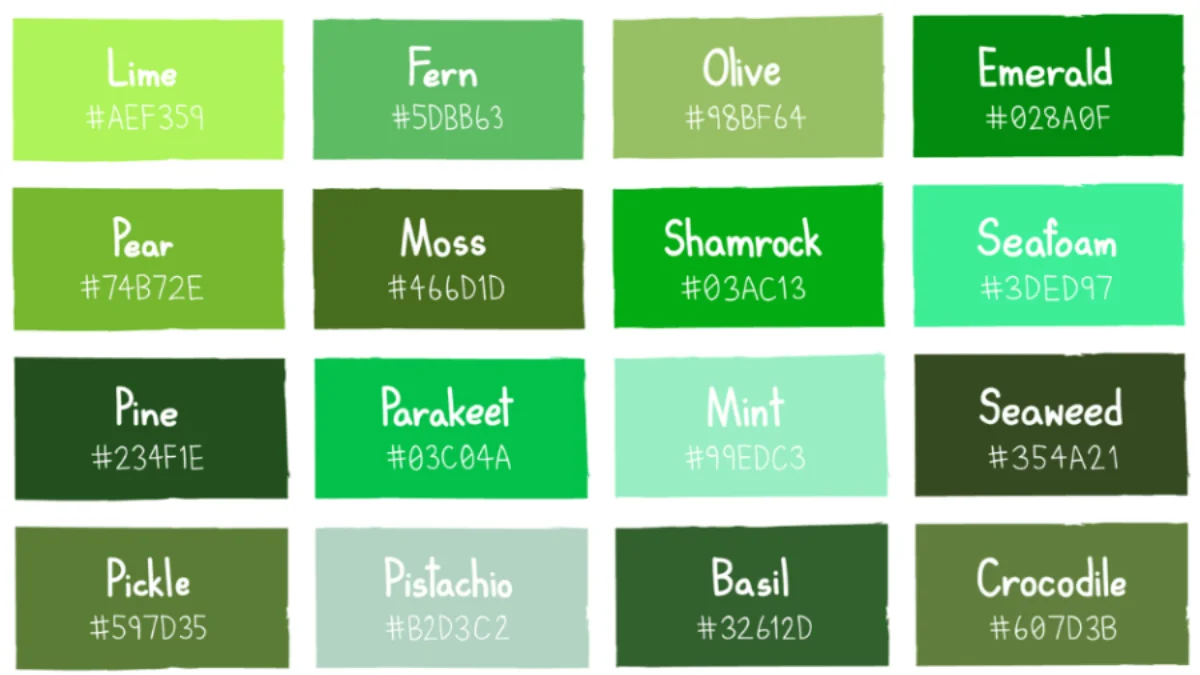St. Patrick’s Day, celebrated every March 17, is a cultural and religious holiday commemorating Saint Patrick, the foremost patron saint of Ireland. But what are the colors associated with this day, and what do they mean? Let’s delve into the vibrant palette of St. Patrick’s Day.
The Evolution of St. Patrick’s Day Colors
St. Patrick’s Day, celebrated every year on March 17th, is a cultural and religious holiday commemorating the death of St. Patrick, the patron saint of Ireland.
Over the centuries, this day has evolved from a solemn religious observance to a worldwide celebration of Irish culture, replete with parades, festive foods, music, and dancing.

The Green of St. Patrick’s Day
When we think of St. Patrick’s Day, the first color that comes to mind is undoubtedly green. This association is so strong that people who don’t wear green on St. Patrick’s Day might even get pinched!
But why is green so closely tied to this holiday?
The color green has deep roots in Irish history and symbolism. It is closely associated with Ireland, the Irish, and St. Patrick’s Day, no matter where people celebrate.
Green is also the color of nature, symbolizing the lush landscapes that make Ireland the “Emerald Isle”.
Moreover, it is believed that St. Patrick, the patron saint of Ireland, used the shamrock, a green three-leafed plant, as a metaphor to explain the Christian Holy Trinity to the Irish people.
This further solidified the connection between Green and St. Patrick’s Day.
The Original Color: St. Patrick’s Blue
While green is the color most commonly associated with St. Patrick’s Day today, it was not always so. The original color associated with St. Patrick’s was blue.
Early depictions of St. Patrick show him clothed in fine blue robes. In fact, in Saul Church, which is on the site where St. Patrick died, he is shown wearing blue robes.
The color blue has great significance in Irish history. From Ireland’s coat of arms showing an Irish harp set against an Azure blue to the sovereignty of Ireland being depicted by a woman showing wearing a blue robe, this color runs deep in Ireland’s past.
However, over time, the color blue became less associated with St. Patrick’s Day, and green took its place. This shift is believed to have occurred in the 18th century when the shamrock became Ireland’s national symbol.
Some Other Colors of St. Patrick’s Day
Certainly! While green is the most widely recognized color associated with St. Patrick’s Day, other colors hold significance as well.
1. White and Orange
In addition to green, the colors white and orange are also associated with St. Patrick’s Day. These colors, along with green, make up the Irish flag.
Each color on the flag has its symbolic meaning: green represents the Gaelic tradition in Ireland, orange represents the followers of William of Orange in Ireland, and white represents the aspiration for peace between them.
2. Blue
Interestingly, blue was the original color associated with St. Patrick’s. Early depictions of St. Patrick often showed him wearing blue vestments.
In 1783, King George III established a new order of chivalry for the Kingdom of Ireland, known as the Order of St. Patrick. The official color of this order was a particular shade of blue, known as “St. Patrick’s Blue”.
However, over time, the color blue became less associated with St. Patrick’s Day, and green took its place.
3. Gold
Gold is another color that is sometimes associated with St. Patrick’s Day, although it is not part of the Irish flag.
This color is often used to represent the mythical pot of gold at the end of the rainbow guarded by leprechauns, a popular symbol of Irish folklore.
The Influence of St. Patrick’s Day Colors in Popular Cultures
St. Patrick’s Day, with its vibrant display of green, has a significant influence on popular cultures around the world. The celebration of this holiday extends far beyond the borders of Ireland, impacting fashion, food, and entertainment globally.
1. Fashion and Apparel
The most noticeable influence is seen in the world of fashion. On St. Patrick’s Day, people around the world can be seen donning green clothing and accessories.
This tradition has even led to the saying, “If you’re not wearing green, you might get pinched!”
Retailers often capitalize on this trend by selling a variety of green apparel and accessories leading up to the holiday.
2. Food and Beverages
The influence of St. Patrick’s Day colors also extends to food and beverages. Many restaurants and pubs offer green-colored foods and drinks as part of their St. Patrick’s Day celebrations.
It’s not uncommon to see green beer, green milkshakes, and even green bagels on menus. Some food brands also release special green-colored versions of their products for the holiday.
3. Entertainment and Media
In the entertainment industry, St. Patrick’s Day and its associated colors have influenced movies, TV shows, and music.
Characters in TV shows and movies are often shown celebrating St. Patrick’s Day, usually dressed in green.
Musicians, especially those of Irish descent, often incorporate the color green into their performances or album covers in honor of the holiday.
4. Sports
Even the sports world isn’t immune to the influence of St. Patrick’s Day colors. Many sports teams, particularly in the United States, wear green uniforms or accessories during games that fall near St. Patrick’s Day. Some teams, like the Chicago River, dye their playing fields green in honor of the holiday.
Global Impact of St. Patrick’s Day Colors
The influence of St. Patrick’s Day and its vibrant colors extends far beyond Ireland’s borders.
The holiday is celebrated by millions of people worldwide, and its colors have become a universal symbol of Irish heritage and culture.
1. Landmarks Go Green
Every year on St. Patrick’s Day, famous landmarks around the world are lit up in green as part of the “Global Greening” initiative.
This tradition started in 2010 when the Sydney Opera House and the Sky Tower in Auckland turned green for the day.
Since then, numerous other landmarks, including the London Eye, the Leaning Tower of Pisa, and even the Great Wall of China, have gone green on March 17th.
2. Parades and Festivities
St. Patrick’s Day parades are another area where the holiday’s colors are prominently displayed.
These parades, which take place in cities around the globe, feature participants dressed in green and other St. Patrick’s Day colors.
In Chicago, the river is dyed green each year for their St. Patrick’s Day parade, a tradition that has been ongoing for over 50 years.
3. Cultural Exchange
The global celebration of St. Patrick’s Day and the widespread use of its colors have facilitated cultural exchange and mutual understanding.
People of all backgrounds come together to celebrate, learn about Irish culture, and express their connections to Ireland.
Related Post
- St. Patrick’s Day in Dublin
- Fun Facts about St. Patrick’s Day
- Facts About Saint Patrick’s Day And Interesting Information
Conclusion
The colors of St. Patrick’s Day are a vibrant tapestry that weaves together history, culture, and global unity. They are a testament to Ireland’s rich heritage, symbolizing not just the nation’s past, but also its present and future.
These colors have transcended geographical boundaries, influencing global popular culture and fostering a sense of community among people of all backgrounds.
As we don the colors of green, white, orange, blue, or even gold, we are not just celebrating a holiday, but also acknowledging the enduring spirit of Ireland and its people.
So, this St. Patrick’s Day, as you join in the celebrations, take a moment to appreciate the colors around you and the rich history they represent. Happy St. Patrick’s Day!

